Kia Niro vs Toyota bZ4X - Differences and prices compared
Compare performance (180 HP vs 343 HP), boot space and price (29100 £ vs 36800 £) at a glance. Find out which car is the better choice for you – Kia Niro or Toyota bZ4X?
Costs and Efficiency:
Price and efficiency are key factors when choosing a car – and this is often where the real differences emerge.
Kia Niro has a noticeable advantage in terms of price – it starts at 29100 £, while the Toyota bZ4X costs 36800 £. That’s a price difference of around 7714 £.
As for range, the Toyota bZ4X performs decisively better – achieving up to 568 km, about 506 km more than the Kia Niro.
Engine and Performance:
Under the bonnet, it becomes clear which model is tuned for sportiness and which one takes the lead when you hit the accelerator.
When it comes to engine power, the Toyota bZ4X has a decisively edge – offering 343 HP compared to 180 HP. That’s roughly 163 HP more horsepower.
In acceleration from 0 to 100 km/h, the Toyota bZ4X is significantly quicker – completing the sprint in 5.10 s, while the Kia Niro takes 9.90 s. That’s about 4.80 s faster.
In terms of top speed, the Kia Niro performs somewhat better – reaching 185 km/h, while the Toyota bZ4X tops out at 160 km/h. The difference is around 25 km/h.
There’s also a difference in torque: Toyota bZ4X pulls noticeable stronger with 338 Nm compared to 265 Nm. That’s about 73 Nm difference.
Space and Everyday Use:
Cabin size, boot volume and payload all play a role in everyday practicality. Here, comfort and flexibility make the difference.
Both vehicles offer seating for 5 people.
In curb weight, Kia Niro is clearly perceptible lighter – 1474 kg compared to 2014 kg. The difference is around 540 kg.
In terms of boot space, the Toyota bZ4X offers hardly perceptible more room – 452 L compared to 451 L. That’s a difference of about 1 L.
When it comes to payload, Kia Niro minimal takes the win – 466 kg compared to 451 kg. That’s a difference of about 15 kg.
Who wins the race?
The Toyota bZ4X proves to be wins the duel decisively and therefore becomes our DriveDuel Champion!
Toyota bZ4X is the better all-rounder in this comparison.
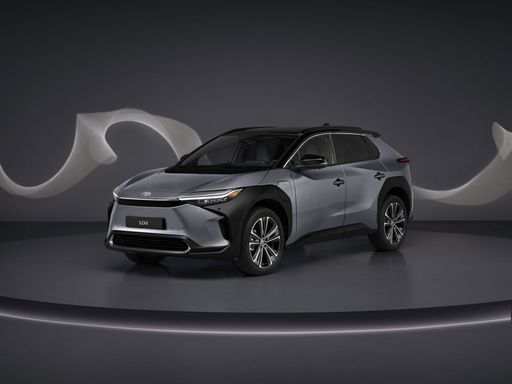
Toyota bZ4X
Costs and Consumption
View detailed analysis
Engine and Performance
View detailed analysis
Dimensions and Body
View detailed analysis
Kia Niro
The Kia Niro blends clever packaging and modern styling into a compact crossover that’s refreshingly sensible for daily life. It’s comfortable, economical and packed with user‑friendly tech, so if you want a fuss‑free family car with a touch of green credibility, the Niro is worth a test drive.
details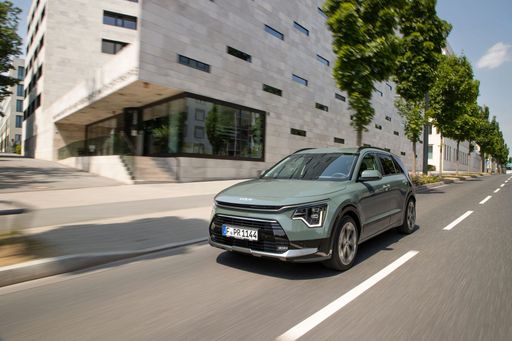
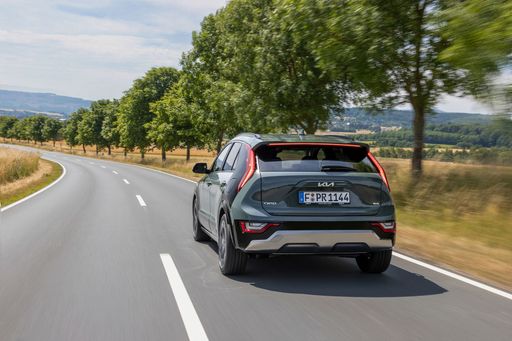
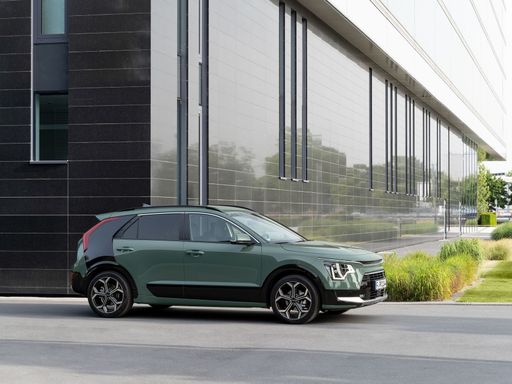
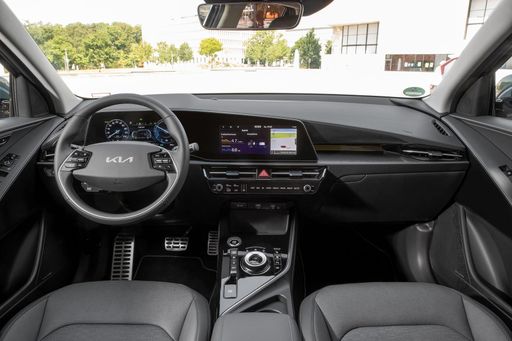

Toyota bZ4X
The Toyota bZ4X is a fresh, roomy electric crossover that pairs Toyota’s trademark reliability with bold, angular styling and a cabin designed for everyday comfort. It may not chase headlines like some flashier rivals, but for buyers who want sensible electric motoring with practical packaging and a relaxed, confident ride, it’s an easy, pleasant choice.
details
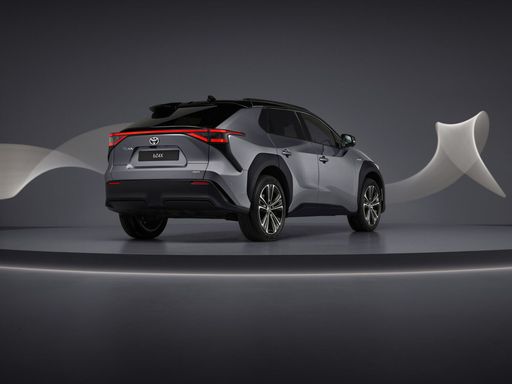
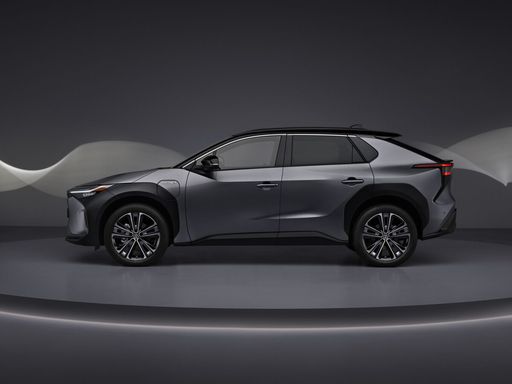
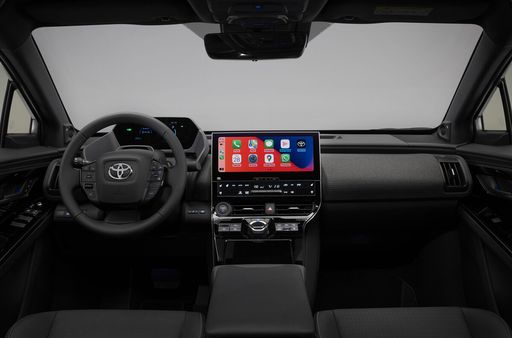
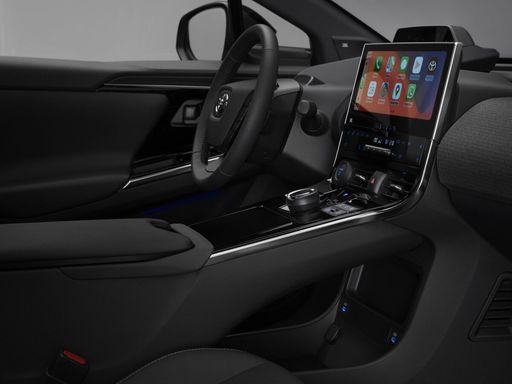
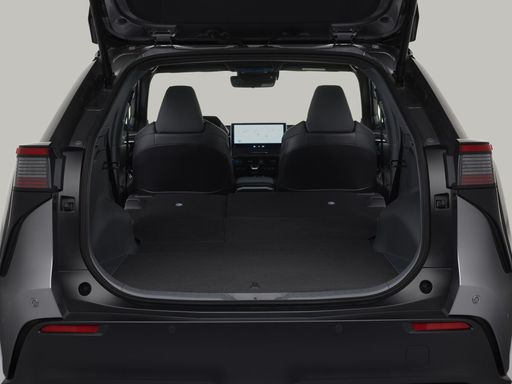

|

|
|
|
|
Costs and Consumption |
|
|---|---|
|
Price
29100 - 38600 £
|
Price
36800 - 48000 £
|
|
Consumption L/100km
2.4 - 4.9 L
|
Consumption L/100km
-
|
|
Consumption kWh/100km
-
|
Consumption kWh/100km
13.5 - 14.1 kWh
|
|
Electric Range
57 - 62 km
|
Electric Range
444 - 568 km
|
|
Battery Capacity
1.3 - 11.1 kWh
|
Battery Capacity
-
|
|
co2
53 - 111 g/km
|
co2
0 g/km
|
|
Fuel tank capacity
37 - 42 L
|
Fuel tank capacity
-
|
Dimensions and Body |
|
|---|---|
|
Body Type
SUV
|
Body Type
SUV
|
|
Seats
5
|
Seats
5
|
|
Doors
5
|
Doors
5
|
|
Curb weight
1474 - 1594 kg
|
Curb weight
2014 - 2180 kg
|
|
Trunk capacity
348 - 451 L
|
Trunk capacity
452 L
|
|
Length
4420 mm
|
Length
4690 mm
|
|
Width
1825 mm
|
Width
1860 mm
|
|
Height
1545 mm
|
Height
1650 mm
|
|
Max trunk capacity
1342 - 1445 L
|
Max trunk capacity
-
|
|
Payload
466 kg
|
Payload
375 - 451 kg
|
Engine and Performance |
|
|---|---|
|
Engine Type
Full Hybrid, Plugin Hybrid
|
Engine Type
Electric
|
|
Transmission
Automatic
|
Transmission
Automatic
|
|
Transmission Detail
Dual-Clutch Automatic
|
Transmission Detail
Reduction Gearbox
|
|
Drive Type
Front-Wheel Drive
|
Drive Type
Front-Wheel Drive, All-Wheel Drive
|
|
Power HP
138 - 180 HP
|
Power HP
167 - 343 HP
|
|
Acceleration 0-100km/h
9.9 - 11.4 s
|
Acceleration 0-100km/h
5.1 - 8.6 s
|
|
Max Speed
170 - 185 km/h
|
Max Speed
140 - 160 km/h
|
|
Torque
265 Nm
|
Torque
268 - 338 Nm
|
|
Number of Cylinders
4
|
Number of Cylinders
-
|
|
Power kW
102 - 132 kW
|
Power kW
123 - 252 kW
|
|
Engine capacity
1580 cm3
|
Engine capacity
-
|
General |
|
|---|---|
|
Model Year
2025
|
Model Year
2025
|
|
CO2 Efficiency Class
C, B
|
CO2 Efficiency Class
A
|
|
Brand
Kia
|
Brand
Toyota
|
Is the Kia Niro offered with different drivetrains?
The Kia Niro is available as Front-Wheel Drive.
The prices and data displayed are estimates based on German list prices and may vary by country. This information is not legally binding.
